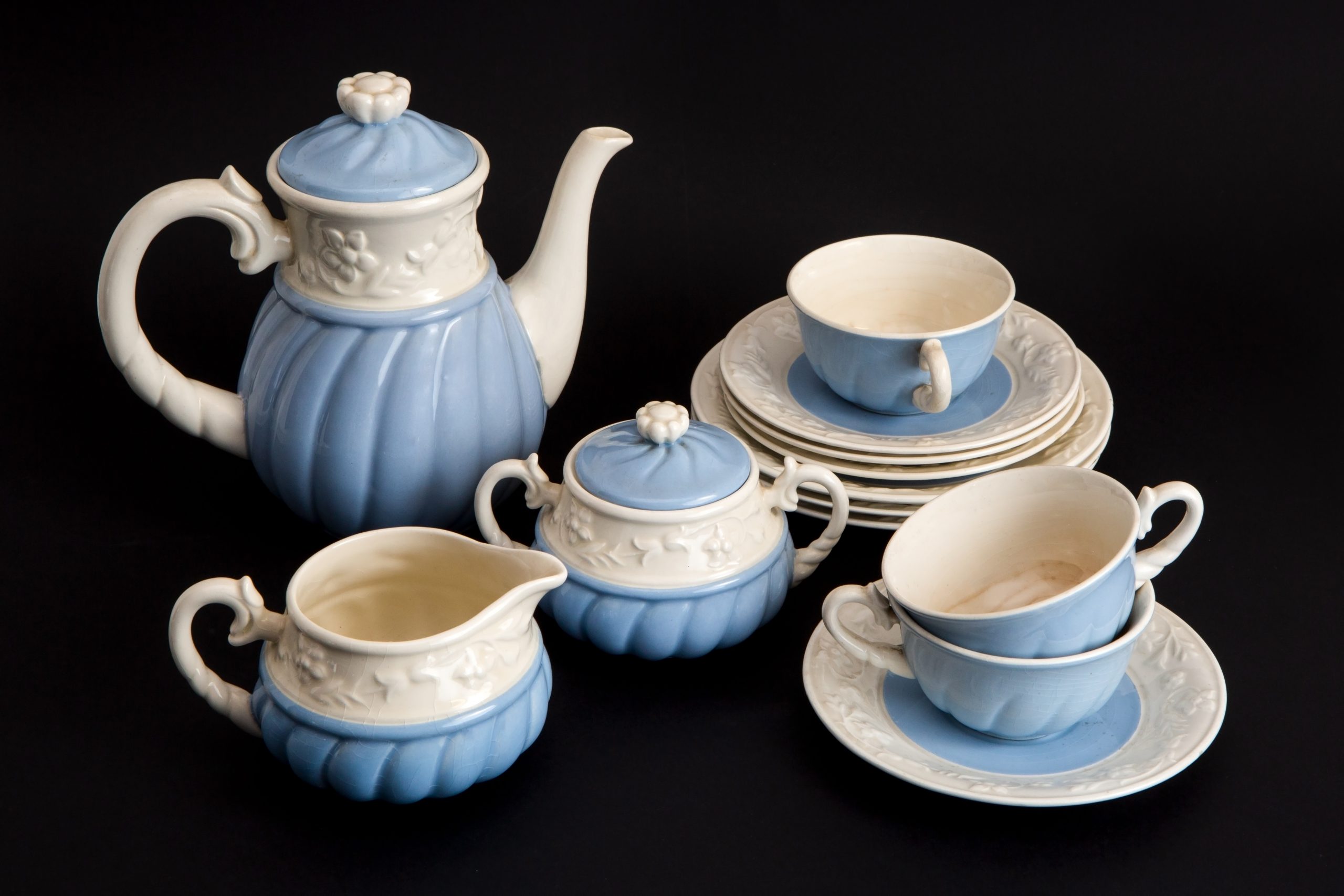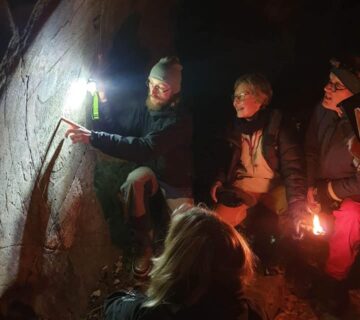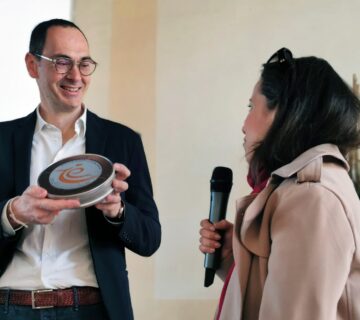Family legacies evoke memories or the feelings we had on a child’s birthday, on a unique family holiday, or at the moment of losing a loved one.
Sometimes I forget the groceries from the shopping list, sometimes I forget an appointment at the hairdresser, but imagine forgetting my mother’s name, the location of a favorite patisserie I went to with my father as a child, or not recognising my sister at a family reunion. Have you ever wondered who a man or a woman without memory is? Loss of memory eats away at a person… tears apart our identity piece by piece, and makes us unhappy, scared and lonely. What can we do for people with dementia, and how can we support carers in their desire to make the care and nursing of the elderly more comfortable? Research suggests that a healthy lifestyle, including a healthy diet, regular exercise and cognitive stimulation, can reduce the risk of cognitive decline and dementia. One of the therapies in cognitive stimulation is reminiscence, in which people remember events from the past with the help of music or personal items such as photographs.
Museums are heritage institutions that preserve, value and promote heritage objects. These objects testify to socio-cultural or historical-economic changes, and to the life of an individual family, the mastery of craftsmen or artists’ work. Museum exhibitions or individual items can stimulate visitors to reminisce. How many times have I had the opportunity to see a wide smile or a tear of joy on the faces of our visitors?
“My mother had the same tea set like this! She used it on special occasions. As a child, I secretly took sugar cubes from the same ceramic pot! My mother was very angry that I didn’t leave anything for the guests.” – through laughter, the older lady recounts her childhood adventures.
“I remember the factory from this photo. My uncle worked in it. They produced the most delicious chocolate and candies. He would often come to our home for Sunday lunch. We knew what was waiting for us for dessert!” – commented the gentleman, looking at the black and white photo of the workers in front of the factory hall.
The feelings that arise from visiting museum exhibitions do not leave anyone indifferent. Isn’t that a sufficient reason for museum staff to get involved in the memory loss prevention programme in cooperation with caregivers for the elderly?
Interpretation of museum objects — photographs, personal objects, paintings and sculptures, household aids, or children’s toys — can nurture memories of personal stories. Heritage institutions, museums and archives, can truly be treasures of memory. Interpretation can awaken a memory, memory evokes feelings, and because of feelings we feel alive. Follow more about the memory in the Box of Our Memories project here: https://boxofourmemories.eu/.
Jesenka Ricl has a master’s degree in art, with many years of experience in preserving and promoting cultural heritage. She is currently employed at the Museum of Slavonia as a museum pedagogue and is collaborating on the international project, ‘Box of Our Memories’, funded by the Erasmus+ programme. Jesenka is an IE Certified Interpretive Guide. She can be contacted at: jesenka.ricl@mso.hr.
To cite this article: Ricl, Jesenka (2021) ‘How do we nurture memory in museums?’. In Interpret Europe Newsletter 1-2021, 20.
Available online: https://interpret-europe.net/wp-content/uploads/2021/03/Newsletter-Spring-2021.pdf




